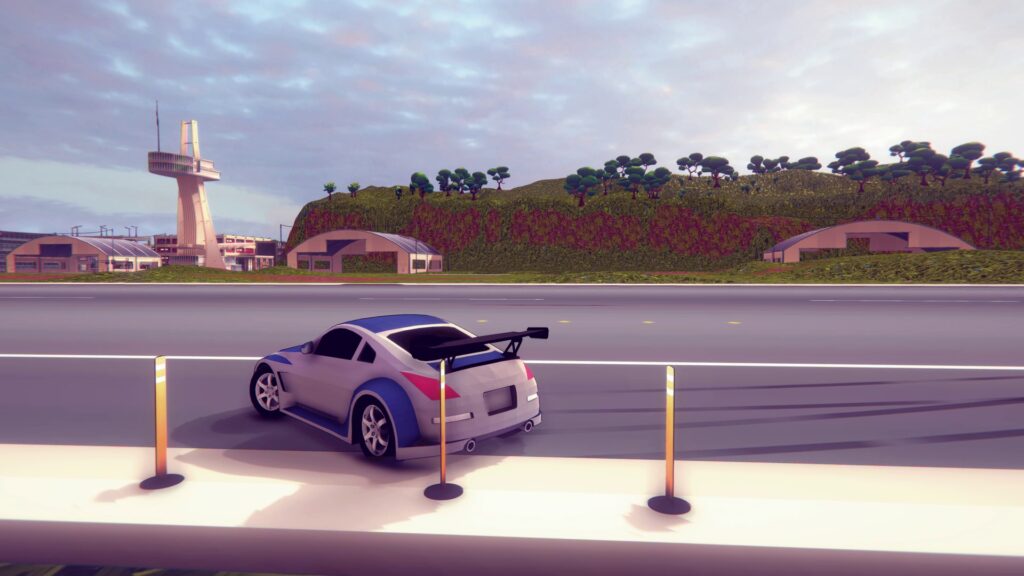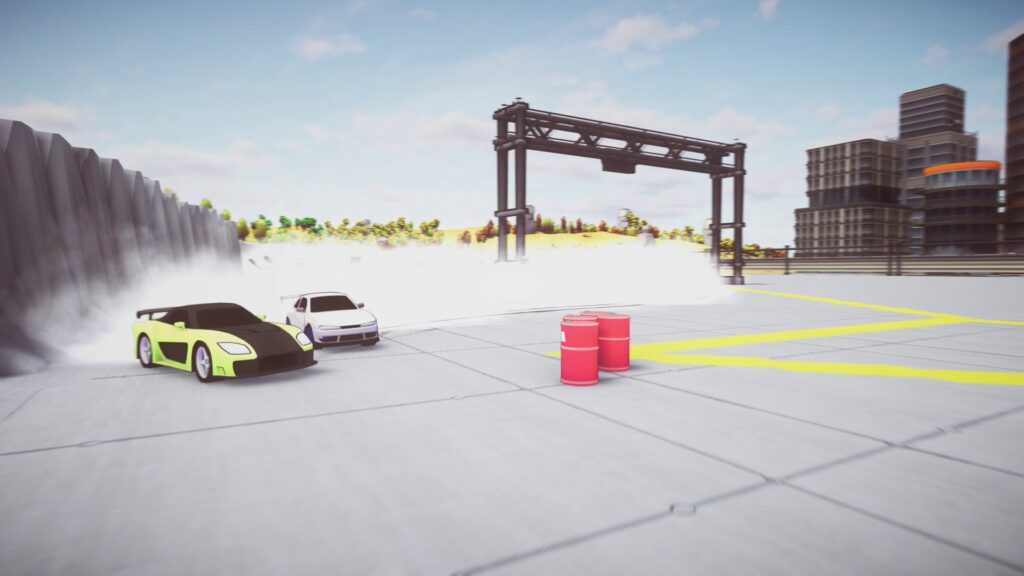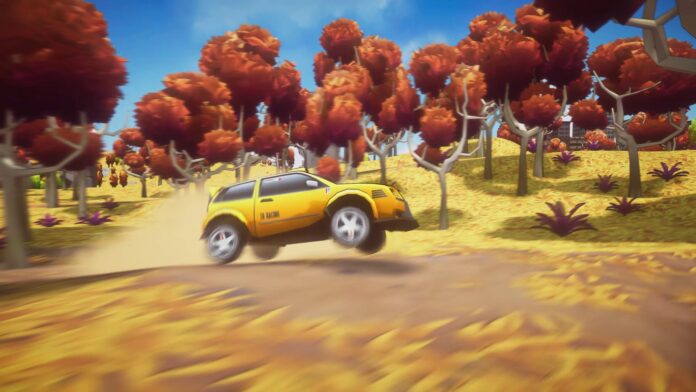We were somewhere around Barstow, on the edge of the desert, when the drugs began to take hold. I remember saying something like “How much further is Las Vegas? Will we ever make it to the headquarters of Jonworks Interactive in one piece?” When we finally did, we found Jonathan C. Haman in his home office, surrounded by unfinished electronics projects, lit by an implausible number of computer monitors and sipping off-brand energy drinks.
After releasing Drift Type C, a ‘real physics driving game crafted with an unyielding dedication to authenticity’, Haman finds time to talk about his work. It all started out as an impossible dream: “Like being an astronaut or a dinosaur”. But it quickly spiraled into something more substantial: “I work alone because I believe that to double my productivity it would take about nine more people.” To get the cars in Drift Type C well… drifting, Haman fixed a fundamental flaw in the Unity assets he used: “Two lines of nasty-hack later and the cars felt great and realistic.”
Why did you become a solo developer?
“Writing games was always the impossible dream for me – like being an actor or an astronaut or a dinosaur. Then one day, I had an idea for a great game that I could actually create without a multimillion-dollar budget, that millions of people would buy and enjoy. That game was not Drift Type C. And also, nobody bought or enjoyed it. BUT NOW, I have created the excellent, famous, and glorious game, Drift Type C – which no one is also buying.”
What are the biggest advantages of working solo?
“The main benefit is efficiency. I believe to double my productivity it would take about nine more people, when you include team management, clearing everything with the team or the boss, version control, and chatting about nonsense. Also, Debbie doesn’t discard my expired leftovers from the fridge. I was going to eat that, Debbie!”
And the biggest pitfalls?
“No subordinates to steal credit from.”

What’s your creative process?
“Once you have the concept for a game – if it’s an interesting concept – there is always an abundance of ideas that materialize out of nowhere. The question is really how you decide which ideas to use – a lot easier as a solo developer. You know you’ll have a certain amount of time, so you decide which ideas will be the best use of your time to implement. To maximize some variable – gameplay in my case, or gaining microtransactions if you’re almost anyone else.”
How do you stay motivated through (years of) development?
“The answer is absolutely BOREDOM. Eliminating things from your life until re-writing your world loading algorithm for a third time because Unity keeps making pointless API changes is by far the most interesting activity practically available to you.”
Will you ever work in a team or is it only solo for you?
“It’s been my plan from Day 1 to reinvest all profit, after buying a McLaren 720s, into my company Jonworks Interactive. I want to have a team with a pipeline where we release a game every few months, always making new IP and numbered sequels, never gross content packs and new ways of extracting more money from people who have already bought a game.”

What inspired you to make Drift Type C?
“The abysmal ideas about driving physics held by the indie community of course! My first game, called Averish, was a city building game where you could build entire cities out of plastic building blocks. I put in car building as well, and downloaded every vehicle physics asset to make it easy. The problem was that the cars just wouldn’t drift. Guys! Drifting is something you can do in real life. If your RWD sports car won’t drift, you’ve done it wrong.”
“Making the cars handle right was well outside the scope of that game, and I really thought that type of in-depth physics programming was outside my capabilities as well. But I dissected those Unity assets and found a fundamental logic error that ALL of them had, which once you identify it would obviously make the cars not behave right. Two lines of nasty-hack later, the cars felt great and realistic. The fix is physically based – if you dissect some of the Unity assets even today, they apply ridiculous workarounds like applying invisible forces to the car to get that realistic loose behavior. I wonder if AAA games like GT7 and Forza use the same type of workarounds that are totally detached from a physically-based car?”
That gave me the confidence I needed to create Drift Type C with its bespoke drivetrain model, differentials that use an iterative solver, loads of elevation changes with multiple surfaces and etcetera.”
What’s the biggest lesson learned from this project?
“Don’t do all that stuff I just said. General audiences in 2023 don’t want to drive a real car, they just want to be told it’s real and that they’re a great driver.”
I talked to several solo developers that mention that the toll on your mental health can be quite high. How do you deal with that?
“WHAT THAT MEAN? JON BRAIN GOOD. Well nice talking with you Eric, I gotta get back to work on my next game, where you play as my mom and you’re chasing me with a knife.”

